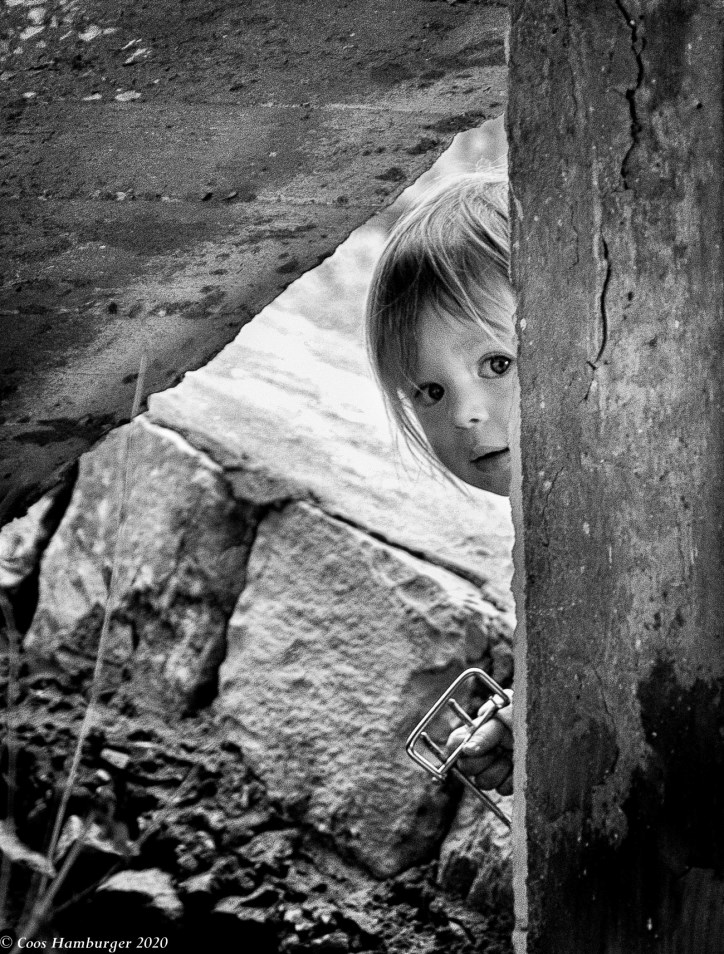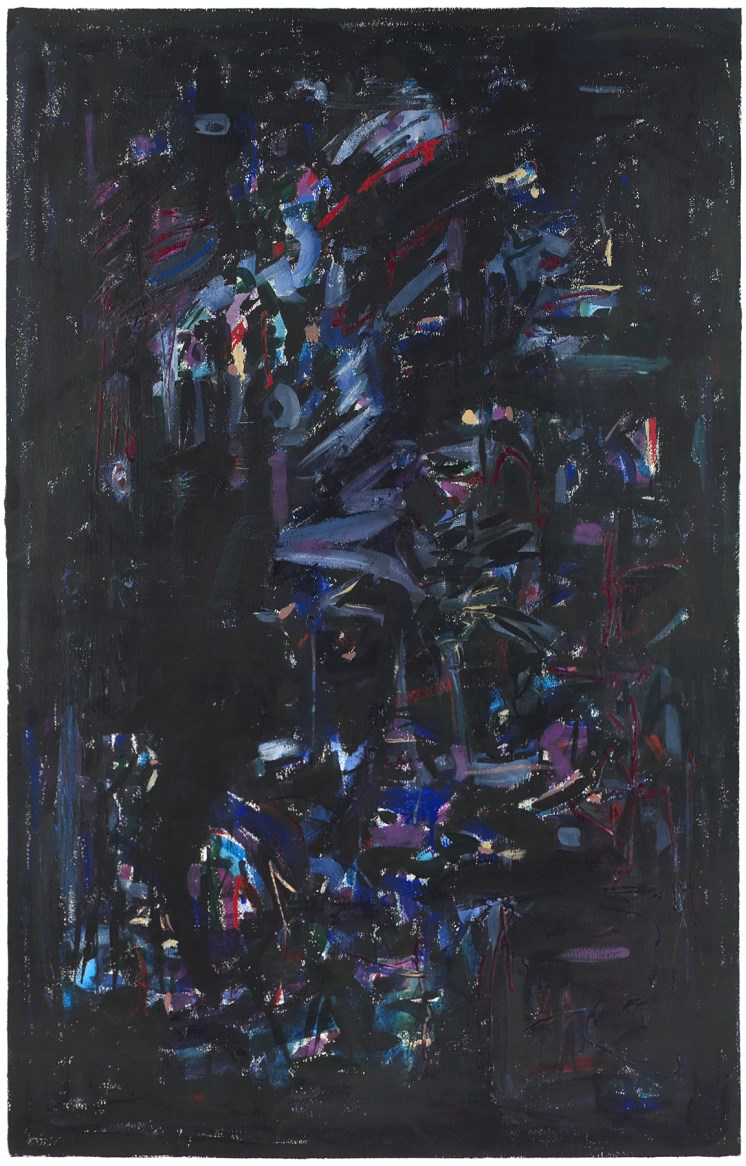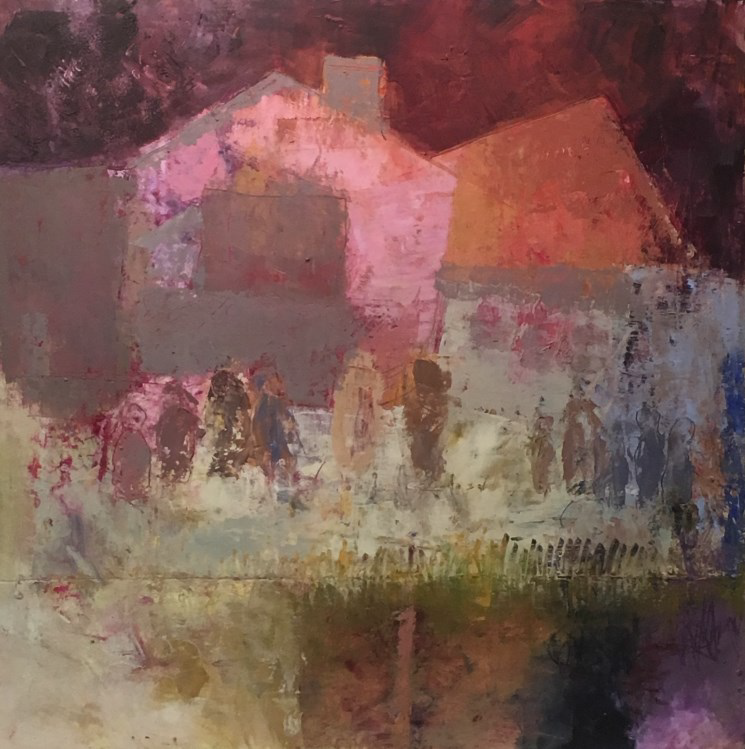C R E A T I V E
Q U E S T:
Art from the Holocaust’s 2nd Generation
C R E A T I V E
Q U E S T:
Q U E S T:
Art from the Holocaust’s 2nd Generation
 Margot S. Neuhaus, In Memoriam
Margot S. Neuhaus, In Memoriam #17, 2019,
Arches paper and acrylics.,
110 x 30in.
Trudy Babchak
Coos Hamburger
Micheline Klagsbrun
Miriam Mörsel Nathan
Margot S. Neuhaus
Chaya Schapiro
Mindy Weisel
Howard Community College
Horowitz Center for Visual
& Performing Arts
Rouse Company Foundation Gallery
Contact:
Toby Brookes, Organizer
410-997-2343
tobybrookes@hotmail.com
Get a Press Kit: HERE
Coos Hamburger
Micheline Klagsbrun
Miriam Mörsel Nathan
Margot S. Neuhaus
Chaya Schapiro
Mindy Weisel
Howard Community College
Horowitz Center for Visual
& Performing Arts
Rouse Company Foundation Gallery
Contact:
Toby Brookes, Organizer
410-997-2343
tobybrookes@hotmail.com
Get a Press Kit: HERE
While not experiencing the Holocaust firsthand, children of survivors are
nonetheless profoundly affected by it.
The seven artists in this exhibition are children of Holocaust survivors. They are individual
voices of the Second Generation. These artists work from/ against/with the impact of a
family history they know or sense from their interactions with surviving family members. The
subject matter of their work, the materials they use, and the themes they address
reflect the intense nature of their family history. In some of the work, it is clear what informs
the artistic process; while in other works, the connection is more subtle. It can be how
paint is applied, or absences reflected, or even the scale of the pieces. These
artists express a belief in art, and through art have found their individual voices and
visions in relation to the Holocaust.
All of the art, in some way, has been affected by an “inherited” history permanently
interwoven through the lives and works of these artists.
nonetheless profoundly affected by it.
The seven artists in this exhibition are children of Holocaust survivors. They are individual
voices of the Second Generation. These artists work from/ against/with the impact of a
family history they know or sense from their interactions with surviving family members. The
subject matter of their work, the materials they use, and the themes they address
reflect the intense nature of their family history. In some of the work, it is clear what informs
the artistic process; while in other works, the connection is more subtle. It can be how
paint is applied, or absences reflected, or even the scale of the pieces. These
artists express a belief in art, and through art have found their individual voices and
visions in relation to the Holocaust.
All of the art, in some way, has been affected by an “inherited” history permanently
interwoven through the lives and works of these artists.
Trudy Babchak explores the fates of women and girls who survived the Holocaust. She paints women who are strong, despite persecution. She paints girls who are shielded from victimization, dancing innocently amid green fields and fluffy clouds. Babchak uses bright colors, employing energetic brushstrokes that express both the pain and joy of life. Her themes are universal and personal at the same time. They reflect her story. tbabchak@gmail.com
Coos Hamburger believes that photography gives one the power of resonance and connection. It allows transcendence of time and place to share in silent conversations with the subject in the image we may never have known…we were deprived of knowing, of seeing, of touching. Yet, through the permanence of the image, we can build a relationship beyond simply "now" and into the ghostly realm of infinity. The photograph gives us the reach to find eternity and assure the indelibility of memory far beyond the fleeting of the moment. Through the photograph, we remember. focophoto.com
Micheline Klagsbrun’s work is rich in themes of ocean voyages, underwater-scapes and shipwrecks. Her current body of work, Night Boats, was inspired by the recent discovery of a ship’s log detailing her father’s 1941 arrival in the U.K. In these new sculptures and drawings, the theme of the risky voyage is intertwined with family roots and the experience of dislocation. The current plight of refugees everywhere gives this work added resonance today. michelineklagsbrun.com
Miriam Mörsel Nathan carries with her a story of Terezin, told to her by her mother. The words are her mother’s, not hers. The experience was her mother’s, not hers. But the details are indelibly etched into Nathan’s psyche, and now, she tells the story. miriammorselnathan.com
 Trudy Babchak, Mandzia (Mom), 2004. Oil on Board, 24x24in.
Trudy Babchak, Mandzia (Mom), 2004. Oil on Board, 24x24in. Micheline Klagsbrun, Fathoms Deep, Mixed media with cyanotype on paper, 20x30in.
Micheline Klagsbrun, Fathoms Deep, Mixed media with cyanotype on paper, 20x30in. ©Miriam Mörsel Nathan, Untitled, 2019. Cardboard & acrylic. 24 boxes, each 12x6x6in
©Miriam Mörsel Nathan, Untitled, 2019. Cardboard & acrylic. 24 boxes, each 12x6x6in ©Miriam Mörsel Nathan, Untitled, 2019. Ink on Gampi, 9x6.25in.
©Miriam Mörsel Nathan, Untitled, 2019. Ink on Gampi, 9x6.25in. ©Coos Hamburger, Young Girl - Bomb Shelter, Safed, Israel, 2008. Photograph.
©Coos Hamburger, Young Girl - Bomb Shelter, Safed, Israel, 2008. Photograph.
Margot S. Neuhaus was born in Mexico, after her parents fled Poland in 1943, having lost most of their family. She subsequently lived in Brazil and currently lives in the United States, making artwork full-time, working in wood, stone, paper, canvas and photography. After working for years on abstract paintings related to the Holocaust, she realized that what she was depicting were the feelings she picked up from her traumatized parents, who were mostly silent about their past. Painting has been a way of understanding and healing from that difficult history. margotneuhaus.com
Chaya Schapiro paints in oil, juxtaposing abstract and figurative elements. She uses a wide variety of tools in her work - brushes, rags, squeegees - whatever it takes to achieve the desired marks and effects. This body of work represents an imagined version of places and family members from the early 1900’s. There were no photographs from this time period, so she guessed, using written history. chayaschapiro.com
Mindy Weisel’s mother survived Auschwitz at the age of 23. Weisel was among the first children born in Bergen Belsen after the war. Growing up, the emphasis in her home was on the “survival of beauty”. The paintings in this exhibition are from her “Survival of Beauty” series (1978 – 2019). Over the years, her abstract expressionistic work began to incorporate more color and light. Weisel starts each work by writing directly on the canvas or paper. After a while, words lose their meaning as layers of paint take over. In some works, the words remain visible. Weisel also works in glass, a further expression of her lifelong search for light. mindyweisel.com
 Mindy Weisel, Even So He Kissed Her Good-bye, 1986. Watercolor & gouache on hand-made paper, 60x40in.
Mindy Weisel, Even So He Kissed Her Good-bye, 1986. Watercolor & gouache on hand-made paper, 60x40in. Chaya Schapiro, Crockery Bowl, 2019, Oil, 24x24in.
Chaya Schapiro, Crockery Bowl, 2019, Oil, 24x24in.
 Chaya Schapiro, Village, 2019. Oil,24x24in.
Chaya Schapiro, Village, 2019. Oil,24x24in.
 Margot S. Neuhaus, In Memoriam #13, 2011, Arches paper and acrylics. 30 x 62in.
Margot S. Neuhaus, In Memoriam #13, 2011, Arches paper and acrylics. 30 x 62in.